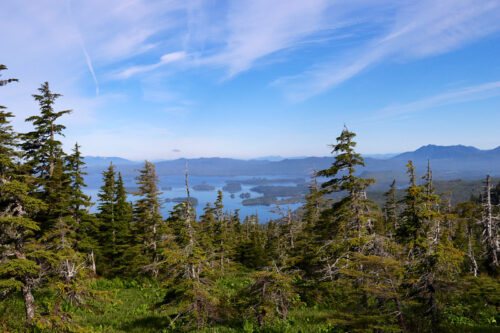
A Southeast Sooty Grouse Hunt And Thoughts About The Tongass

Our friends at the Theodore Roosevelt Conservation Partnership have been at the forefront to preserve our most wild lands, and the TRCP understands the importance of protecting the vast Tongass National Forest in Southeast Alaska. Here’s part of a blog post about a recent sooty grouse hunt there and thoughts about the nation’s largest national forest:

Sooty grouse populations are generally healthy across Southeast, but spring is a sensitive time. Males—or “hooters”—advertise their presence with rhythmic, echoing calls from the treetops. Hens, meanwhile, stay silent and camouflaged as they prepare to nest. That’s why it’s critical for hunters to identify their target before pulling the trigger. Shooting a hen in spring isn’t just a mistake—it can mean the loss of an entire clutch of future birds. Responsible hunters listen carefully, move slowly, and only take birds they’ve positively identified.
Spring Sooty grouse hunting isn’t about limits or trophies—it’s about presence. It’s about listening to the forest, honoring the bird, and letting the woods welcome you back after a long winter.
These quiet moments in the misty hills above Juneau help me remember what is at stake. The Tongass National Forest isn’t just a scenic backdrop; it’s wild, intact country that’s also a working landscape for hunters, anglers, and the many rural communities that rely on tourism and the sustainable management of this forest for their economy. From the ridgelines where Sooty grouse hoot in spring to the alpine bowls where Sitka black-tailed deer rut in the fall to the rivers where five species of Pacific salmon spawn, the Tongass supports a wild and deeply rewarding kind of hunting and fishing.
That’s why the Tongass Forest Plan revision matters to those of us who hunt and fish. This once-in-a-generation process will shape how the forest is managed for decades—whether crucial habitat remains intact, whether roadless areas remain wild, and whether future generations will have the same opportunities to experience this place as we do today.
Click here for more about the TRCP’s work in Alaska.



